The Beasts Come Out at Night--All about Nocturnal Animals
Nocturnal animals are active at night. When the sun goes down they wake and head out to find food and mates. Berkeley is home to many different nocturnal animals. Some help keep rodent populations low (thank you owls!). Some help keep insect populations low (thank you bats!). Nocturnal animals are all around us, learn more about these fascinating night time neighbors!
Free Family Event-- Saturday, November 5, 3:30-5pm
Join us on the 4th Floor of the Central Library as we explore the many fascinating ways that animals live their lives at night.
- Naturalist Anthony from the Tilden Nature Education Center will dissect owl pellets. See just what those night flyers have been snacking on.
- 4-4:30pm Viewing party--Watch a live Zoom presentation with Lindsay Wildlife's resident owls. Watch the video of the November 5 presentation featuring live owls here!
- See the visiting exhibits all about nocturnal animals on loan from the Tilden Nature Education Center, on view October 20-November 15.

Find books about nocturnal animals here!
Coloring pages to print: Great Horned Owl, Owl Food Web (from Raptors are the Solution), Nocturnal Animals
Videos selected by librarians:
- Nocturnal, diurnal, which one are you?
- Why are some animals nocturnal?
- How do animals see in the dark? (short TED Talk for kids)
- Norcal Bat's famous Bat Lady, Corky Quirk
- Mountain lions at night, near Sacramento
- How do bats use echolocation?
- Bat echolocating and capturing moths
- Coyote and Badger Playing Together -Penisula Open Space Trust
- Why do some animals glow? Scorpions and fireflies and bioluminesence (BBC)
- A cyclist meets a family of skunks
Falcons Return to the Library!
That's right, we are focusing in again on our neighbors who live in the Campanile bell tower at UC Berkeley, the Cal peregrine falcons. Peregrine falcons are the fastest creatures on earth with the capacity to dive through the air at speeds over 200 miles per hour! Berkeley is lucky to have several families of these fast, beautiful birds of prey make their home here.
Cal Falcon Family zoom visit--Saturday, May 21, 3:30-4:15 pm. Meet ornithologists (bird scientists), Lynn Schofield and Sean Peterson of the Cal Campanile falcon webcam for an exciting and informative Zoom visit.
We will learn how to watch the birds and other creatures around us with and without binoculars! And we will hear about the resident falcons who live in UC-Berkeley's campanile bell tower. Register for this free zoom program here!
Find a printable falcon craft here! 
More nest cams:
- Ospreys in Richmond
- Red-tailed hawks in San Francisco's Presidio
- Bald eagles in Redding
- California condors in Big Sur
- Peregrine Falcons on San José City Hall!
What are birds of prey? Falcons, hawks, eagles, osprey, and condors are birds of prey. That means that they hunt other animals for food. Birds of prey, also called raptors, usually have sharp, curved beaks and claws. Find out more about birds of prey with Britannica Library for Children, use you library card to log in.
- Ospreys plunge feet first into water to catch the fish they eat.
- Bald eagles have white feathers on their head and are not actually bald.
- Peregrine falcons like to build their nests in high places like cliffs, campanile towers, and the roof of city halls.
- Hawks live on all continents except Antarctica. They mainly eat rodents but will eat smaller birds, amphibians, and reptiles including rattle snakes!
- The California condor is one of the world's largest and rarest birds. Female California condors lay one egg every other year.
-From Britannica Library for Children
Amphiba Phest
Did you know that amphibians live in Berkeley?
Yes, frogs, toads, newts, and salamanders make their home in creeks, vernal pools, and just about any damp nook or cranny.
- But what makes an amphibian an amphibian?
- How can you tell a toad apart from a frog or a newt from a salamander?
- And what’s the story with South Park Drive in the Berkeley hills? What happens there on rainy nights during the winter?
According to the Merriam-Webster's Elementary Dictionary, an amphibian is "any of a group of cold-blooded vertebrate animals (as frogs and toads) that have gills and live in water as larvae but breathe air as adults." But amphibians are so much more. Find out about the amphibians next door and learn how to be good neighbors to our moisture-loving friends.
On Saturday, November 6, 2021, Megan Andrews, a naturalist from Lindsay Wildlife joined the Berkeley Public Library for a Zoom event about the amphibians all around us. We heard fun amphibian facts, learned how to help our amphibian neighbors, and met Sal and Freckles, two California tiger salamanders. Recommended for age 3 and up. (Flyer)
Missed the Zoom Event on November 6? Watch the recording here.
 Amphiba Phest Book Adventures Resources:
Amphiba Phest Book Adventures Resources:
Find books, videos, and more here.
National Geographic Kids website-Amphibians
Videos about Amphibians
- 7,000 Kinds of Amphibians (2:17) California Academy of Sciences
- This Is How a Tadpole Transforms Into A Frog (3:10) The Dodo
- Metamorphosis Song for Kids | Frog Life Cycle (3:06) Jack Hartmann
- "What's the difference between a Frog and a Toad?" (2:17) Tenneesee Aquarium
- Where does the California Newt call home? (2:14) Hyland Nature
- Bullfrog Dad Protects His Tadpoles (2:43) PBS Nature
- Science Today: Saving Salamanders (2:36) California Academy of Sciences (Watch for Tilden Park!)
- Tadpoles to Frogs (2:49) Ethan Spencer
- Giant Japanese Salamanders (3:38) National Geographic

- Axolotl, what is your secret? (1:31) Research Institute for Molecular Pathology
"From Egg to Frog" -Print, fold, and color your own booklet and learn about the lifecycle of frogs (folding instructions here).
Print a Coloring Page

Print and make your own FROG or TOAD crown (use cardstock if possible).
What is a “watershed” and why is it important to amphibians and you?
A watershed is the entire area of land that drains into a particular channel or water body. The creeks of the East Bay hills help form our watershed that flows into the bay. Amphibians depend on a healthy watershed because they need to spend much of their lives in water. Most species of amphibians lay their eggs and grow into adults in water. Learn more about the watershed where you live.
- Can you find your home, school, or public library with the watershed map provided by the Oakland Museum of California?
- Are there creeks that run nearby?
Maps of creeks and watershed for Berkeley, Oakland, and Albany.
Maps of creeks and watershed for Richmond and its neighbors.
More maps from the Oakland Museum of California’s Creek Mapping Project
Our Resident Raptors
What are raptors and how can we be good neighbors to them?
Raptors live all around us in the East Bay.
Raptors have three characteristics that set them apart from all other birds:
• Excellent eyesight
• Strong grasping feet with sharp talons (claws) used to seize prey
• A hooked beak used to kill and rip apart prey (they eat only meat)
Several species of bird are considered raptors. Eagles, hawks, kites, falcons and owls are all considered raptors. Vultures and condors are often considered raptors as well, though they eat carrion (dead animals).
Raptors are beautiful, strong, and wild.
Find out more with books, videos and a special event, all from Berkeley Public Library!
Falcons in Berkeley!
On Saturday, May 22, the caretakers of the UC Berkeley falcon webcam, Sean Peterson and Lynn Schofield joined Berkeley Public Library for a free Zoom event about the raptors all around us. We heard about falcons, hawks, owls, eagles, and other neighborhood raptors. Recommended for age 3 and up. Click here to watch a recording of this event.
Our Resident Raptors Book Adventures Resources
Find books, movies, eaudiobooks, and more here.
Raptor webcams in our area--see who else is nesting nearby!
Remember, these webcams show nests that are occupied for only a short time each year.
- Peregrine falcons at UC Berkeley's Campanile tower ----Where is the Campanile tower?
- Ospreys in Richmond (this one is sometimes off line so try back)---Where is Point Potrero in Richmond, CA?
- Barn owls in Stockton---Where is Stockton, CA?
- Bald eagles in Redding---Where is Redding, CA?
- California condors in Big Sur---Where is Big Sur, CA?
Videos about Raptors
- The Story of Annie and Grinnell: Watch these Peregrine Falcons Become Fierce Parents
- Osprey Outmanuevers a Peregrine Falcon
- Burrowing Owl Returns to Caesar Chavez Park, Berkeley
- Cool Critters: Turkey Vultures - KQED QUEST
Print a coloring page
Simple Science Activities
Who are the Compost Heroes?
Do you know a Compost Hero?
What would life be like without these important community helpers?
Find the answers to these questions and more with books, videos and a special event, all from Berkeley Public Library.
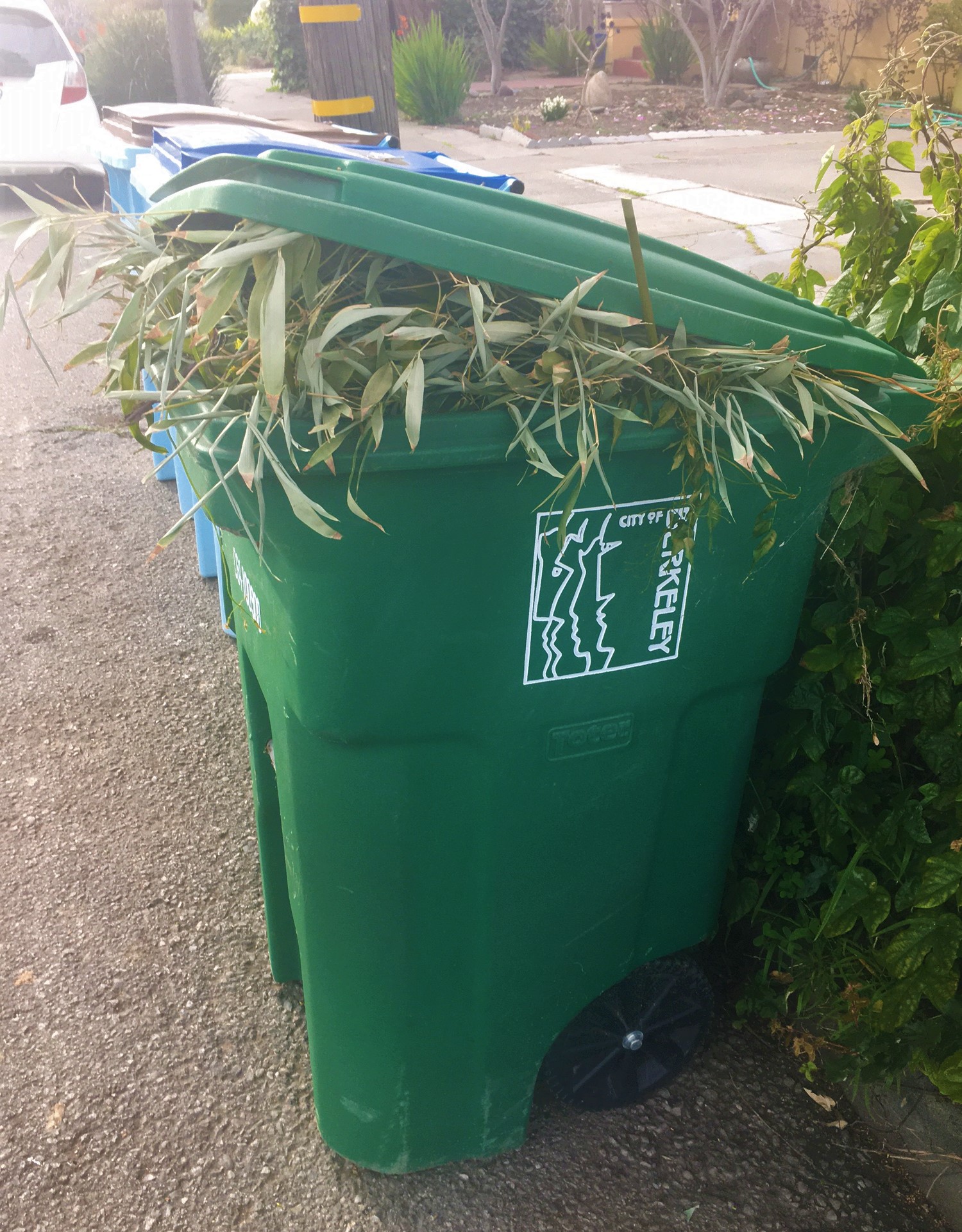 On Saturday, March 20, 2:30-3:15 pm, Berkeley Public Library hosted a free interactive zoom meeting about compost heroes.
On Saturday, March 20, 2:30-3:15 pm, Berkeley Public Library hosted a free interactive zoom meeting about compost heroes.
We pretended to be wiggly earthworms, munching microbes, mysterious molds and helpful humans that do this important work of composting. We learned about them too! For age 3 and up.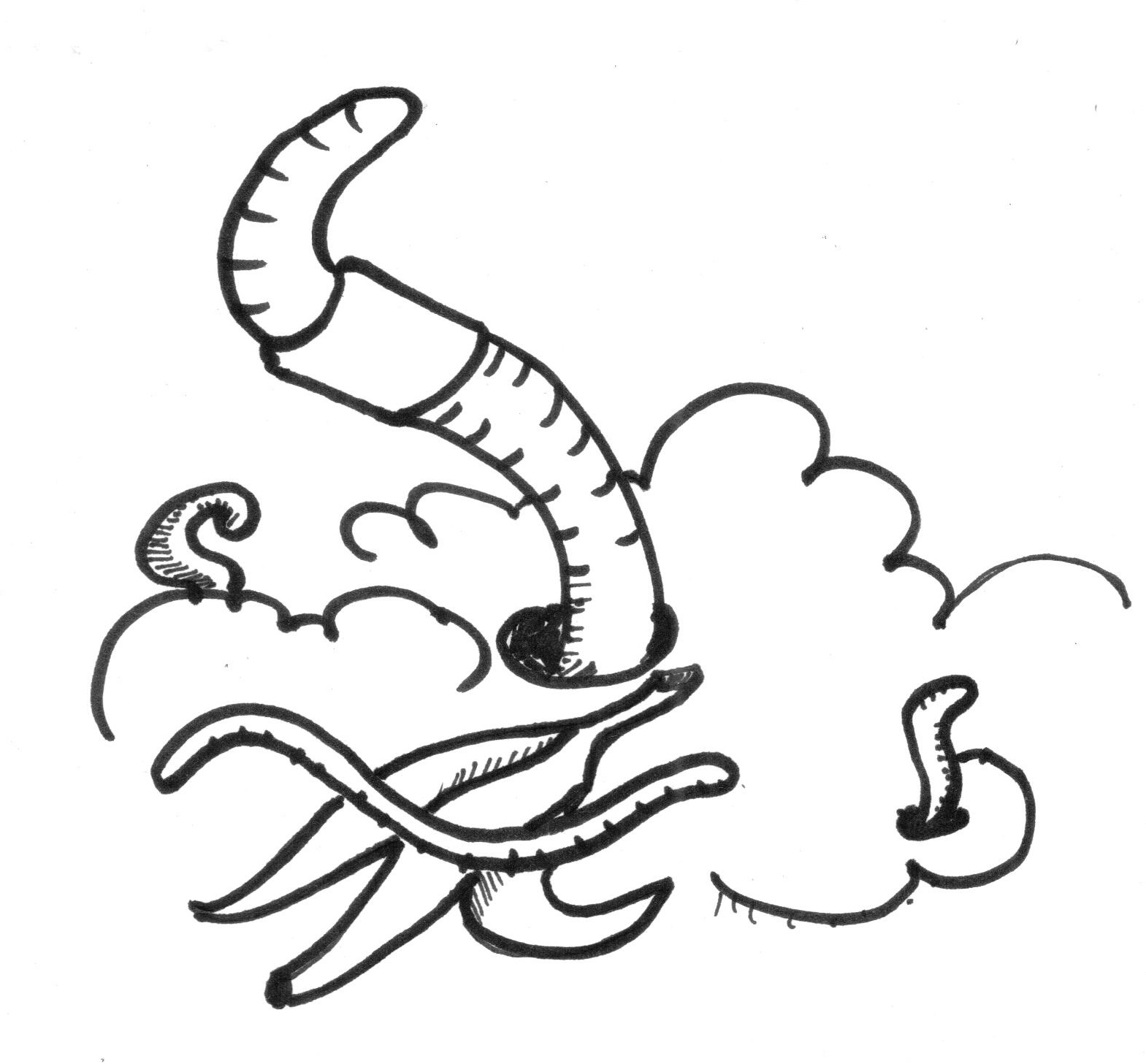
You might be surprised by the things that are happening right beneath your feet!
You might be a Compost Hero too!
Compost Heroes Book Adventures Resources
- Take a look at our list of books and ebooks.
- Watch these interesting videos about compost and some of our COMPOST HEROES:
- Fruit and Vegetable Decomposition, Time-lapse
- Making a homemade composter! (Full-Time Kid)
- In Our Garden: Worm Composting (Recipe Gardens & Seed to Plate Nutrition Education)
- Around the Worm Bin in 80 Days-Worm Composting Time-lapse
- Slime Mold! (BBC One)
- Visit the Bacteria Garden (San Francisco Exploratorium)
- ...And How to Build Your Own Bacteria Garden
- Compost Critters & Compost Helpers (Mumbai Balcony Gardener)
- Compost Ecosystem Creatures (Every Tray Counts)
- Kids Can Reduce Plastic Use-animation (Zero Waste)
- Teaching Children about Zero Waste Living-Zero Waste Preshool (The Straits Time)
- Zero Waste Research Center at UC Berkeley!
- Download a coloring page:
Tools Rule!
What are tools for and what can we do with them? How do tools make our lives easier? What tools do you use every day?
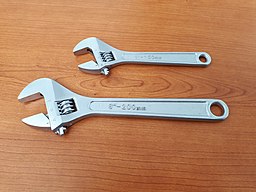 What is a tool? What do we use them for?
What is a tool? What do we use them for?
Watch a recording of Tools Rule: Meet the Tool Lending Library! This live event was held on Saturday, January 23 from 2:30 to 3:30. Tool Lending Specialist, Robert Young shows off tools, answers questions and demonstrates how to build a planter box using tools from the Berkeley Public Library's Tool Lending Library. Get a fun, behind-the-scene’s peek with an expert from this local treasure!
More videos with Mr. Young, Tool Lending Specialist from the Berkeley Public Library:
Recommended for age 3 and up.
Tools Rule Book Adventure Resources
- Our list of books and ebooks is packed with stories, project ideas, history, and giggles. Check them out them today!
- Watch these fascinating videos about tools:
- Learn Tools for Kids | Toolbox Song (Mooseclumps)
- Samantha wants to be a construction worker (Can you imagine that?)
- How to build a Rube Goldberg Machine (Joseph Herscher)
- Learn how to whittle safely (Evergreen Adventure Camp)
- Let's have fun with simple machines (Planet Nutshell)
- Anne carves a spoon (Anne of All Trades)
- Time lapse-Building a home (Golden Eagle Log and Timber Homes)
- Download an activity page:
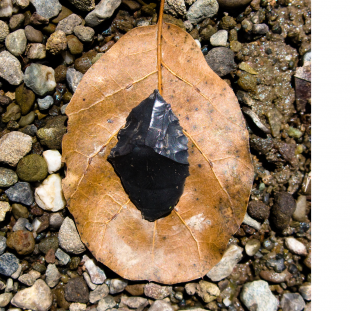 The Ohlone people's skills enabled them to live well off the land's natural bounty. We will look at hunting and cooking tools used by the East Bay area's original inhabitants and that are still being used and revitalized by current day Ohlone people.
The Ohlone people's skills enabled them to live well off the land's natural bounty. We will look at hunting and cooking tools used by the East Bay area's original inhabitants and that are still being used and revitalized by current day Ohlone people.
On Saturday, December 12, 2:30-3:15 pm, we met special guest, naturalist Dino Labiste of Coyote Hills Regional Park of the East Bay Regional Parks in a live virtual event. Naturalist Labiste talked about hunting and cooking tools of the Ohlone people and how they are made.
Watch the recorded presentation here. Recommended for ages 4 and up.If you liked Naturalist Labiste's presentation about tools of the Ohlone people, find out more with these videos!
- Café Ohlone, Berkeley
- Ohlone Basket Weaver - Linda Yamane
- Ohlone Youth Summit, Tule Boat Voyages-Building a tule boat!
- Native American Cordage (Dino showed how cord can be made from Dogbane fibers)
- Coyote Hills Regional Park
- Carrizo Plain National Monument
SPIDERAMA! Spiders in Your Neighborhood
How do spiders help us? How do they help our community? Our world?
START HERE to answer these questions and embark on your own family spider experience for our kickoff BOOK ADVENTURES program this October and November!
Watch a recording of Spiderama! Live, held on Saturday, October 24 from 2:30 to 3:30, in which Ranger Anthony Fisher of the Tilden Environmental Education Center and Patrick Stadille, author of Spiders in Your Neighborhood (Heyday Books, 2013), each talked about our friendly neighborhood spiders.
-
Our book and media list will take you to books, ebooks, audiobooks, music, and more to help you learn about our 8-legged friends. Check them out or stream them today!
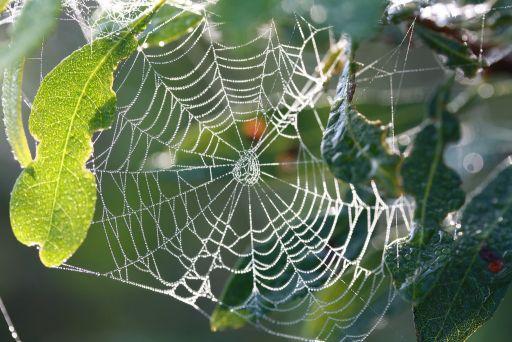
-
Watch these amazing videos about spiders:
- Don’t be afraid of spiders (SciShow Kids)
- Spiders for kids (Wizz)
- How spiders make webs (Howitworksmag)
- Is a spider’s web a part of its mind? (Deep Look)
- Native California Tarantula (BayNature.org)
- Turret Spiders launch sneak attacks from tiny towers (Deep Look, KQED SF)
- Adorable daring jumping spider (Hyland Nature)
- Amazing spider baffles scientists with huge web (The Hunt, BBC)
- Spider with three superpowers (The Hunt, BBC)
- Spider web fishing in the South Pacific Islands (BBC two)
-
Identify spider webs around your home and neighborhood. Find a one-page web field guide to spider webs on the Bay Nature website
-
Watch these videos that will teach you how to make a model spider or draw your own spider.
-
Download and color your window poster and let everyone know that you are a friend to spiders too. Color a tarantula! Color an orb-weaving spider!
-
Here are some more great resources:
View our online calendar to see all all programs and look for up-to-date information.
